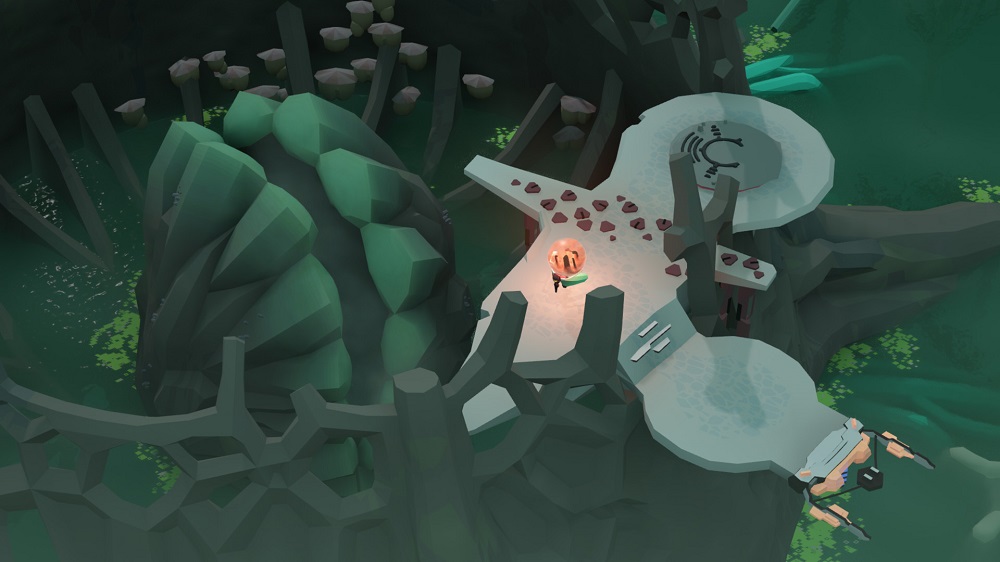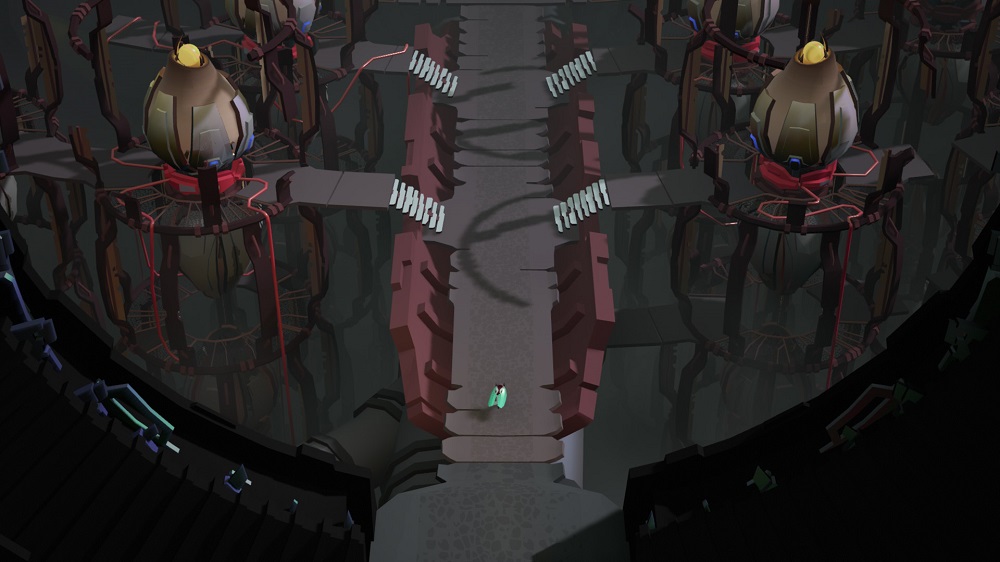Cocoon review
It’s fair to say Jeppe Carlsen knows his way around a puzzler. Being the lead designer on both Limbo and Inside, he was responsible for constructing games with no dialogue or text, allowing the world to tell the story as you solved intricate puzzles that differed as you progressed and unlocked new mechanics. Cocoon does all of those things, feeling somewhat familiar to Carlsen’s previous titles, however, there’s a greater sense of freedom, as well as an evolution of ideas that go far beyond anything he’s ever done before.
After emerging from a cocoon, your little bug-like fellow is freed into a world of wonder and mystery, filled with a bounty of moving pieces, glowing orbs, and mysterious characters. There’s no formulaic design to the levels, and mechanics are constantly mixed up in every new world you encounter. The moving parts within Cocoon are relatively easy to grasp. For starters, you’re main focus for solving puzzles are glowing orbs that can be used to power up lifts, move platforms, create temporary bridges, and move barricades. They interact with the environment and help you to make some sense of how everything works.

These orbs can also have their own individual abilities that range from revealing invisible pathways, forming and deforming matter to get you from lower platforms to higher ones, and even summoning them through magical flora. What makes Cocoon even more impressive is how these orbs can become something else entirely; something more than a glowing object, but an entire world in itself. Much like Inception, these orbs can be used at points to jump into new worlds by placing them on a pedestal and diving into them. From there, you can take other orbs into these worlds and leave them there, jump back out, and then carry two in one.
Puzzles become so layered and intricate, that working out when to jump into one of these worlds, be it a sun-drenched desert or a swamp, can reap fascinating results. More abilities and ideas get revealed in the later stages of Cocoon that further blow your mind, but it’s never overtly complex or frustrating. It requires a perfect balance of patience and discovery, exploration and ingenuity. On top of trying to work out how the orbs can be used, you have other encounters that further expand on the creativity of what is on offer. Firstly, there are symbolic patterns that need activating in the correct order to release a little triangular companion that can move away barriers halting progression. These beings also open large gateways to new areas and are an integral piece of the grander story.

Secondly, you’ll encounter boss battles whereby temporary abilities, such as teleportation and flight, can be used to destroy them. Once you understand that each area is gated behind boss fights, it becomes clearer what is needed to progress, and what the narrative is. It’s a gorgeous game with deeper meaning, and the score helps to carry it along. At times it’s haunting, yet poignant in other moments, but it always keeps you engrossed. It’s also impressive how it looks, especially when you are carrying entire worlds on your back before jumping into them through some stunning animations.
Cocoon is a relatively short game, and there’s little to do outside of the puzzles other than locating beings known as Moon Ancestors, but it doesn’t need to be anything more than it is. It’s about the discovery of worlds and the organic nature of them. It’s about finding new mechanics and putting them to use in a host of creative ways. Yet ultimately, it is about using your brain to solve interwoven puzzles and understanding the mysteries that surround you throughout your time with it. It’s magical, exciting, and enthralling from start to finish, and I’m not sure you’ll play a better puzzler this year.




